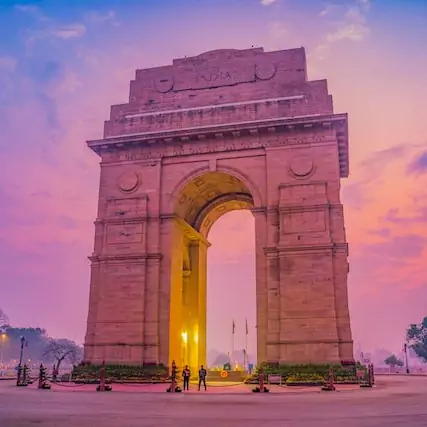Painting your home’s interior is the best way to update it and make it look fresh. But over time, paint begins to fade and crack. So how long does interior paint last? I’ll tell you what factors affect how long your walls can be left untouched before needing a new coat, plus ways to cut down on repainting costs in the future.
it all depends on the quality of the paint
The quality of paint is determined by the ingredients used, the manufacturing process, the application method, and other factors. The ingredients are important because they determine how well your paint will protect against water damage and for how long it will last.
Here are some of the things that can affect how long your interior paint lasts:
- The thickness of the coating on a wall or ceiling affects its longevity. If you have too much coverage, it might peel off more easily; if you don’t apply enough (or use an inferior product), small cracks may appear after a few years.
- High-quality paints contain more pigment than lower-quality brands do. Pigment gives color depth to a surface and helps prevent fading over time—so choose wisely!
- Some additives also assist with adhesion when applied properly during application; these include acrylics or vinyl resins like silicone dioxide (which dries quickly) but not latex resins like drywall compound!
it also depends on what type of paint you use
Not all interior paints are made equal. Different brands use different binders and additives to achieve the qualities they want their paint to have. The most important thing when choosing your interior paint is understanding how these ingredients affect the durability of your walls, floors, and more.
- Binders: The binder is what gives paint its coating power. It’s also responsible for how thick or thin a coat will be, as well as its “open time”—how long you have between coats before it dries up on you! Open time depends greatly on binder type, so choose wisely if you’re looking for something that can be easily layered over existing colors without affecting them too much (or at all).
- Additives: These include things like metallic pigments, dye enhancers, and other chemicals designed to enhance color vibrancy in addition to making sure that everything sticks where it should stick so no mistakes happen during painting day! Generally speaking, though PVC-based additives tend not to last long enough (or do anything at all) while natural oils might need some extra protection against UV rays since they aren’t technically waterproof by themselves.”
flat paint is cheaper but doesn’t last as long
Flat paint is cheaper and easier to clean. It’s also harder to clean and more prone to cracking over time, making it more difficult to repaint. Paint lasts longer when you use a semi-gloss finish, but it’s more expensive and harder to apply because it dries slower than flat paint.
satin and eggshell are middles of the road
The middle of the gloss spectrum is occupied by satin and eggshell. These finishes can be found on many walls, but not on floors.
White paint with an eggshell finish usually lasts about five to seven years, while light colors such as cream will last longer at around seven to 10 years.
They’re easy to clean and repaint, so if you notice that there’s a bit of dirt or scuff marks on your wall or ceiling, it’s easier to touch up than with high-gloss paints which have a bigger surface area exposed to contaminants.
It doesn’t show fingerprints as much either—and that makes sense given how low-key its appearance is!
semi- and high-gloss paints cost more but last longer
- Semi-gloss and high-gloss paints cost more, but they last longer. If you’re looking for the most durable paint, opt for glossier finishes. They are easier to clean, more resistant to stains and scuff marks, and less likely to fade over time.
the higher the luster, the easier it is to wipe down and clean
As you might expect, the higher the luster, the easier it is to wipe down and clean. Glossy paints are more likely to be resistant to dust and fingerprints than flat paints. If you want a glossy look for your walls, then use gloss paint; if you’d prefer a matte finish on them (which can also help hide any imperfections), opt for flat paint instead.
dark colors fade faster than light ones
Dark colors also fade faster than light ones, because they absorb more light. They are also harder to clean, which means that fewer of the chemicals in a cleaning solution get removed with each wash. In addition, dark floors and walls can look dirty even when they aren’t—if you’re not careful about maintaining those surfaces properly (or if someone else isn’t), dirt will show up more easily on darker surfaces and make them look dingy more quickly.
use gloss to reduce repainting needs
If you want to paint that lasts longer, use gloss. Glossy paints are easier to clean and they’re more durable than matte paints. Glossy paints are also more resistant to stains, so you won’t have to repaint them as often.
Conclusion
Whether you’re using your home office space for work, school or just to relax, it’s important to choose a paint color that fits your needs. If you’re looking for something with vibrant color and texture, then satin or eggshell may be the best choice for you. If you want something that lasts longer than typical flat paints but doesn’t cost as much as semi-gloss or high gloss paints do – try out our budget-friendly low sheen latex enamel! Whatever type of paint finish works best for your needs will depend on what kind of room needs painting most urgently, how long it takes before needing repainting again (which depends on its size/shape), budget constraints, etc.



